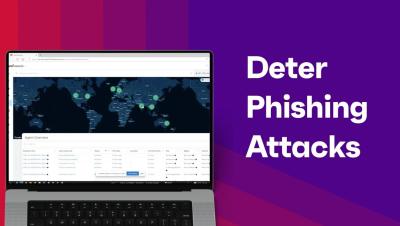Operations | Monitoring | ITSM | DevOps | Cloud
Ivanti
Deter Phishing Attacks
How to Identify Your Organization's Attack Surface
Our glossary page on attack surfaces defined the terms associated with the concept. This post provides information that'll help your organization identify its attack surface. Much like your lawn after a good rain, your attack surface will grow rapidly if left unchecked. Along with increases in attack surface size comes an increase in cybersecurity risk. That risk can’t be eliminated as attack surfaces are always evolving, but it must be carefully managed.
Planning and measuring digital employee experience - DEX, short clip
When should you upgrade to a CMBD
Which Gen Is Most Tech-Savvy? A Workforce Dilemma
Part one of a four-part series covering Ivanti’s latest research. Get the full series: According to new cybersecurity research by Ivanti, the employees who are the most tech-savvy aren’t necessarily the ones we’d presume, demographically speaking. Why is that? And what are the issues it creates for an enterprise?
Red Flag Reluctance: The Risk to Cybersecurity
Part two of a four-part series covering Ivanti’s latest research. Get the full series: Keeping an organization safe means getting near-real-time information about security incidents or breaches. But new research shows some employees are less inclined than others to report red flags, which puts your business at risk. Will your employees get in touch quickly if they have a security concern?
International Inconsistencies: How Cybersecurity Preparedness Varies Across Countries
Part three of a four-part series covering Ivanti’s latest research. Get the full series: An organization’s culture and training programs have a significant influence on security preparedness, but our research shows both are inconsistent at the country-to-country level. As we’ve seen in the previous posts in this series, employee demographics and their willingness to report security risks are hidden threats to your cybersecurity posture.
Taking a Real Look at Hidden Risk
Part four of a four-part series covering Ivanti’s latest research. Get the full series: Big-picture excellence can hide pockets of risk. It’s time to explore security risk in detail — drilling down to look at vulnerabilities hidden in the data and by taking preventative action.







